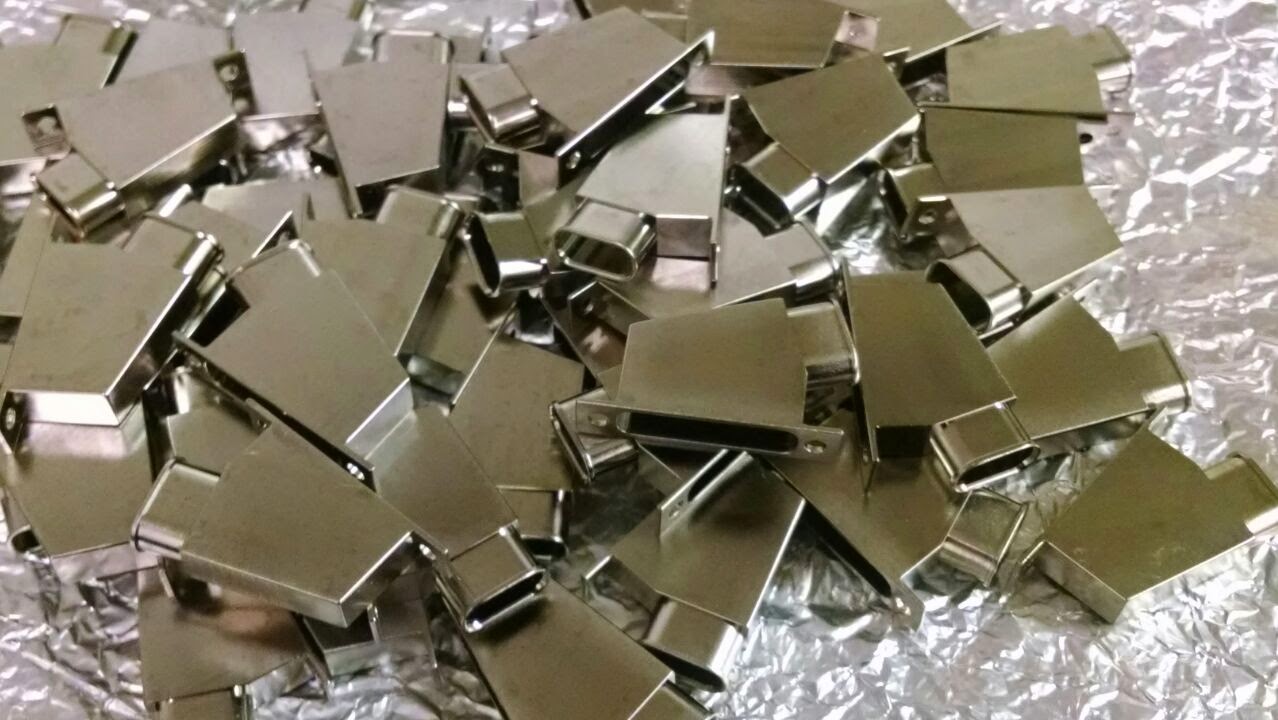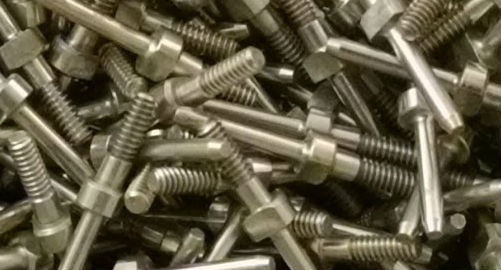<p”>
The electroless nickel (EN) plating process produces a nickel phosphorous coating that can be used to enhance corrosion and wear resistance, or increase surface hardness. Electroless nickel plating does not require the introduction of an electric current into the plating bath. Instead, the plating occurs via chemical reaction. Key EN plating advantages include the ability to provide a more uniform coating on the surface of the substrate, as well as greater flexibility in controlling coating thickness.
However, electroless nickel plating is a complex process that requires pinpoint precision for proper execution. The following tips can be used to prevent and troubleshoot common issues and ensure the best possible plating outcome:
1. Parts preparation: Parts should be chemically pretreated and thoroughly rinsed prior to plating to remove surface contaminants. An additional mechanical finishing process, such as shot peening or abrasive blasting, may be necessary for improving the surface condition on difficult substrates.
2. Water purity: Any impurities in the water used for the EN bath can result in unacceptable plating results. The water should be free of metal ions, particulates or other foreign matter.
3. Tank selection: The tank used to hold the EN bath should be made of either stainless steel or polypropylene. Stainless steel tanks last longer, but require passivation to make them anodic. Polypropylene is the better choice for preventing the plate-out of the EN onto the tank.
4. Constant filtering: Continuous filtration of the plating bath is essential for removing insoluble materials that can result in substrate roughness. A filter with a porosity rate of no more than five microns is recommended for EN plating. The desired filtration rate is a minimum of 4-5 turnovers per hour.
5. Temperature control: The temperature of the plating bath should be closely monitored throughout the process. A temperature that is too high can speed up decomposition of the bath solution or cause substrate blistering. A temperature that is too low could lengthen the plating process timeframe beyond an acceptable level and possibly prevent coating deposition.
6. Continuous solution testing: Effective EN plating requires a precise balance of bath chemicals. Implementation of a continuous testing system can ensure the automatic replenishment of chemicals as needed.
7. Post-treatment processes: The EN plating process can sometimes result in staining or a harmful condition known as hydrogen embrittlement. Staining can be alleviated through the application of a post-treatment chromate, while excess hydrogen can be removed via post-plating baking.
Sharretts Plating Company offers a variety of innovative electroless nickel plating processes, including a revolutionary black electroless nickel plating technique called SMITH-EN-BLACK™. Contact us for more information about EN plating and the benefits it can provide for your company.






